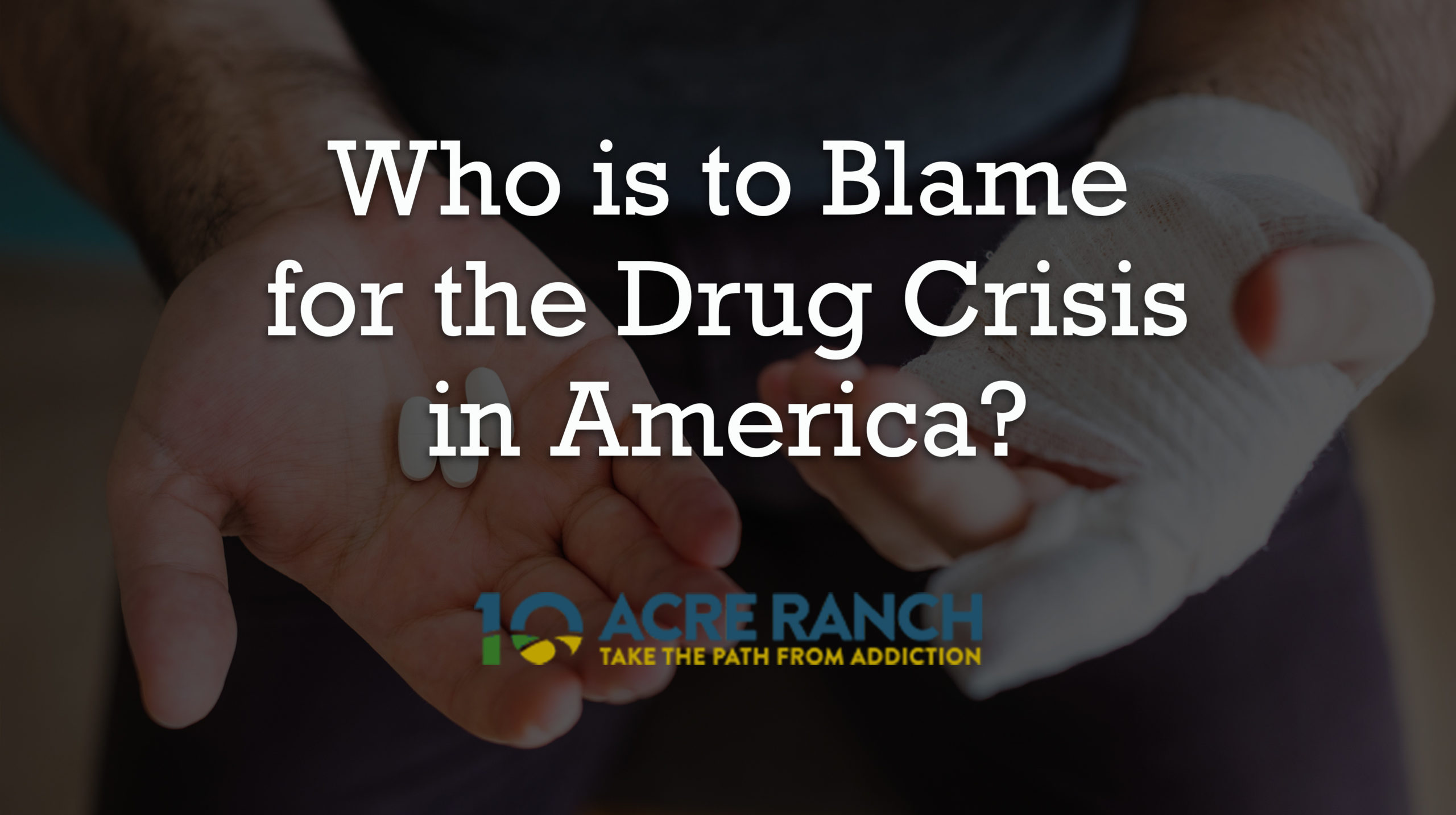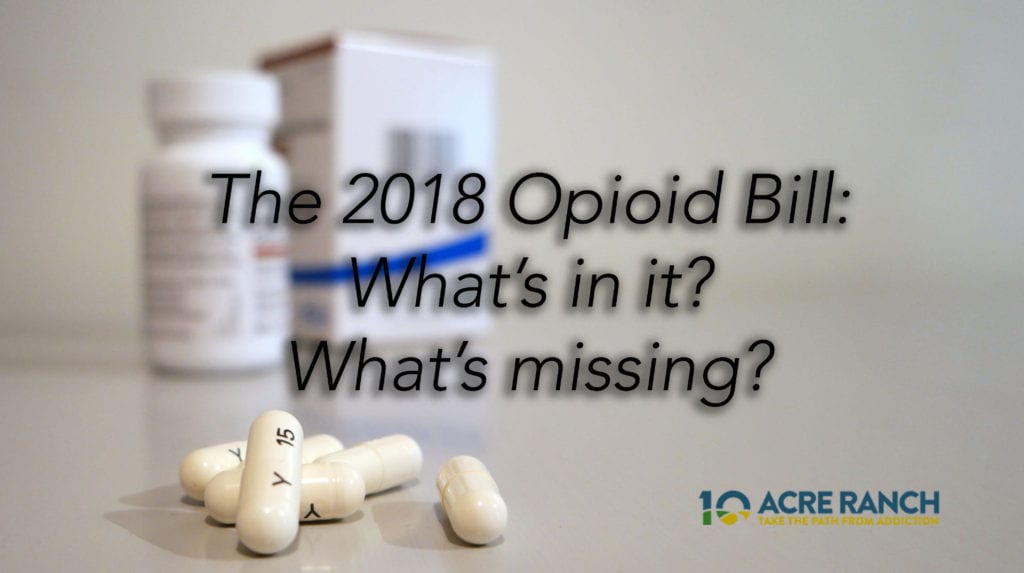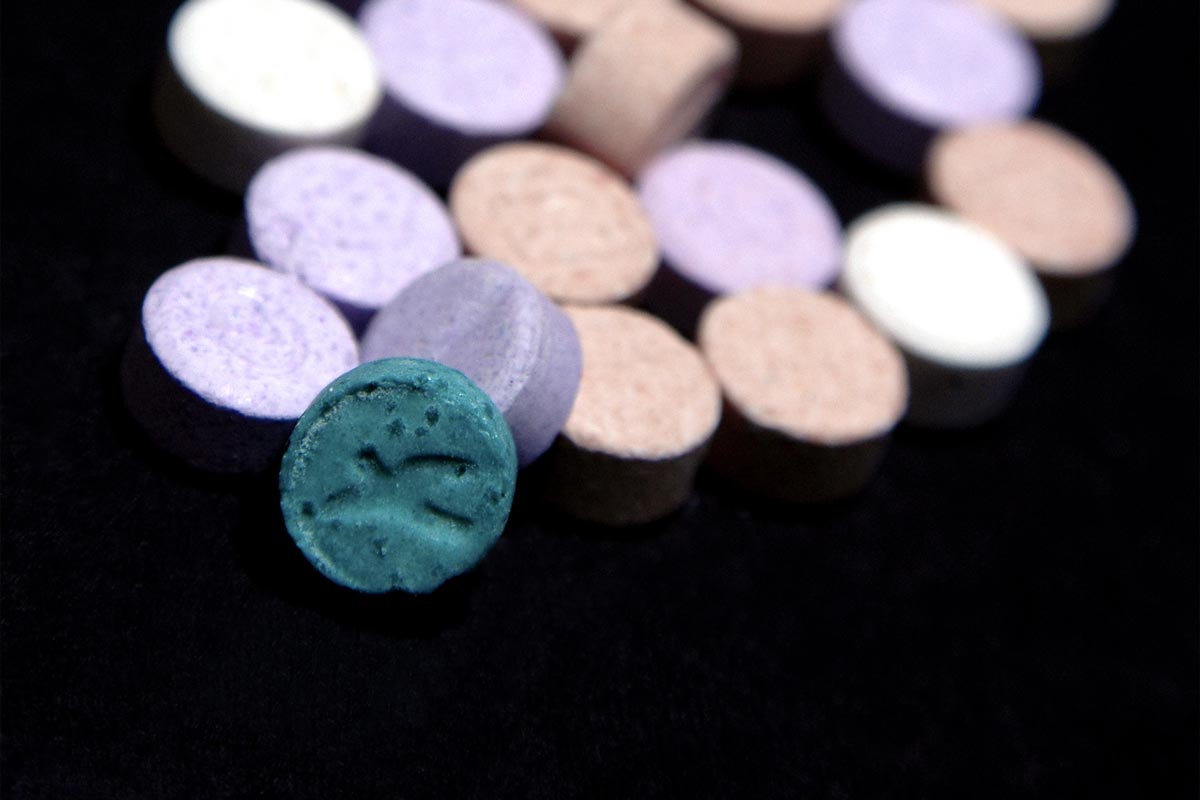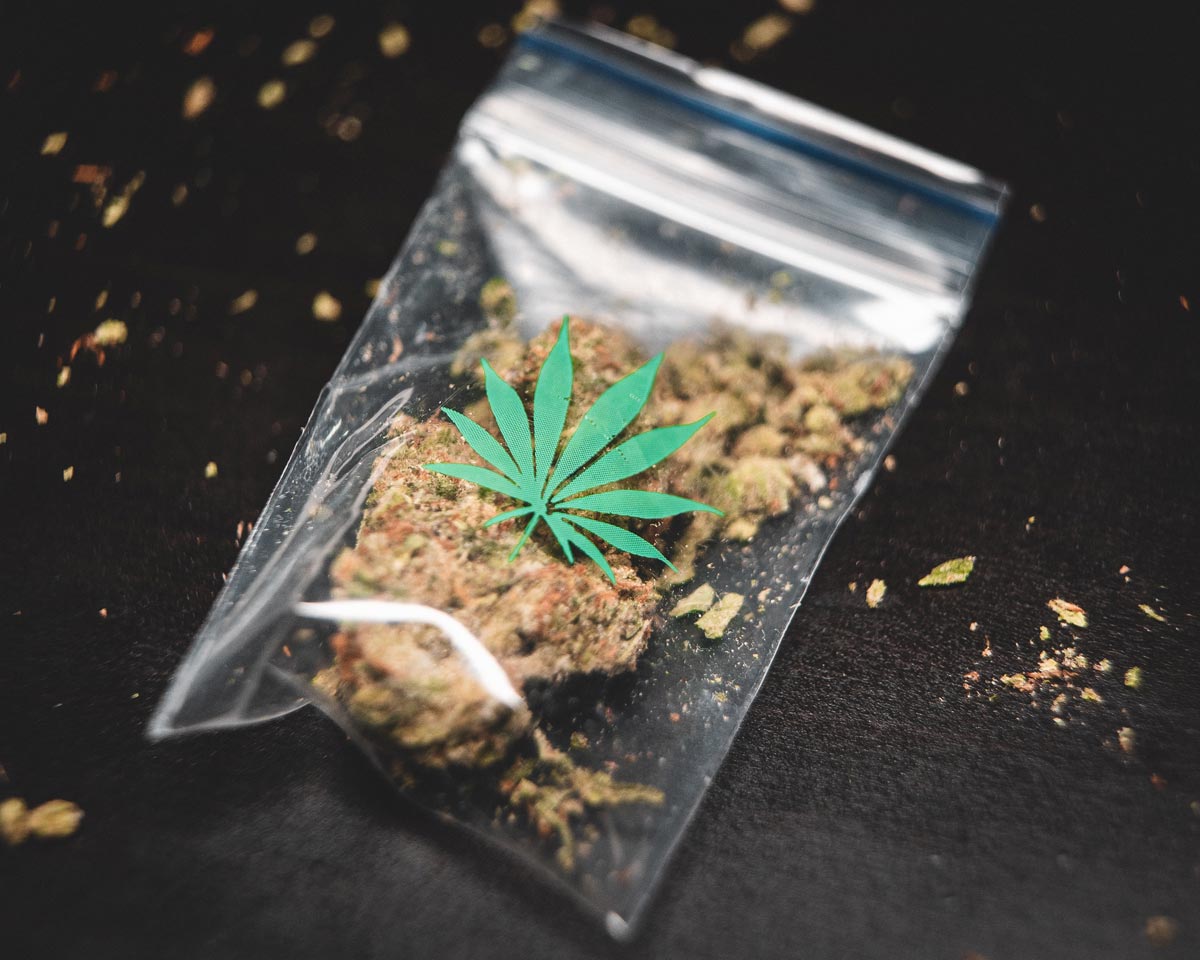This may be partially true, but for an honest, successful solution to the drug overdose crisis, we need to look at every possible …
The 2018 Opioid Bill
this problem. Allowing Medicaid to help fund up to 30 days of inpatient rehab stays, including medication-assisted treatment (MAT) …
MDMA Now Even More Risky Due to Rising Impurities
altogether different. You may have heard reports about the highly potent opioid fentanyl being stamped into pills resembling …
Continue Reading about MDMA Now Even More Risky Due to Rising Impurities
U-47700: China Bans Four Synthetic Drugs
to batches of heroin. In other cases, an even more deadly animal tranquilizer known as carfentanil is present in heroin. Over the …
Continue Reading about U-47700: China Bans Four Synthetic Drugs










